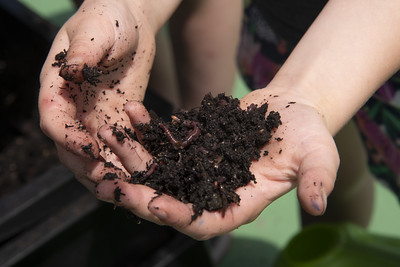
Vermicomposting
Students create a worm bin which will serve as a basis for investigations about ecosystems, life and nutrient cycles, and decomposition.
The National Agricultural Literacy Curriculum Matrix is a free database of standards-based lesson plans and resources for K-12 educators that use agriculture as a lens for teaching science, social studies, career and technical education, and nutrition.

Students create a worm bin which will serve as a basis for investigations about ecosystems, life and nutrient cycles, and decomposition.
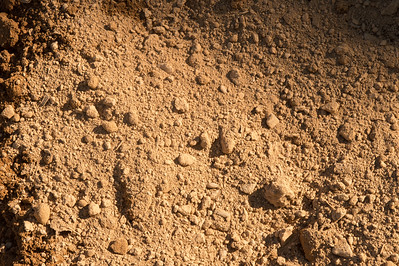
Students investigate soil texture and determine the texture of several soil samples.
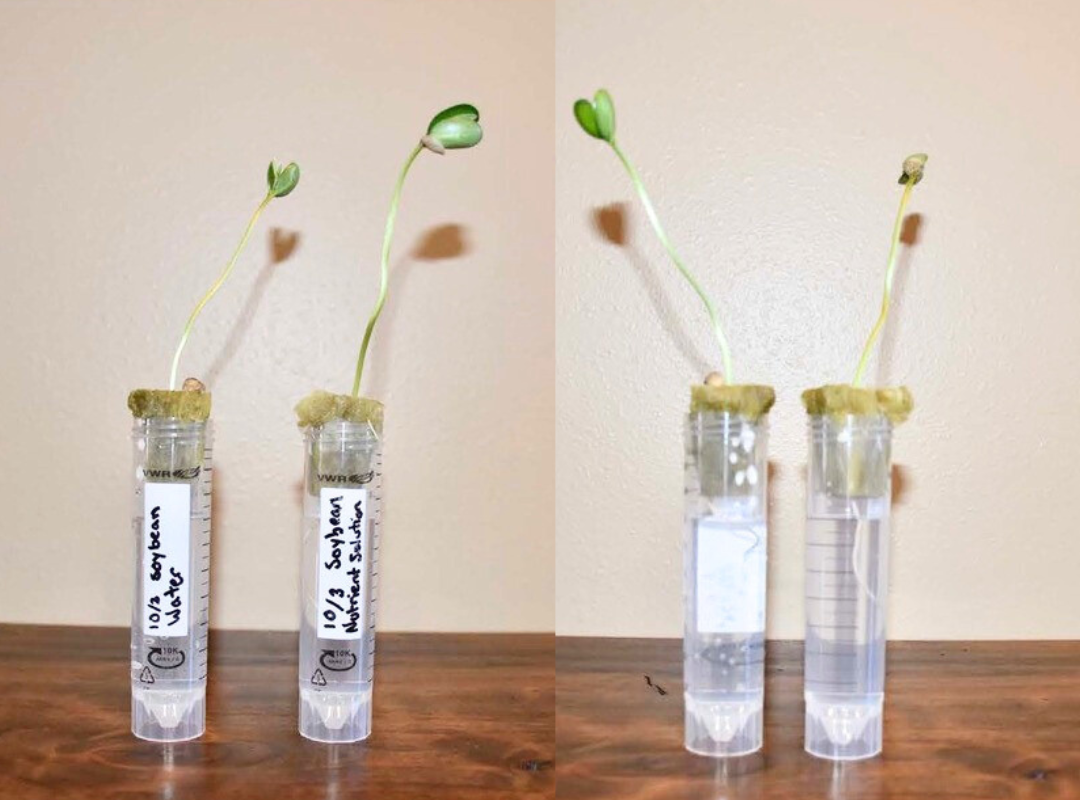
Investigate the importance of nutrients to support plant growth and discover how plants grow without soil by growing and observing plants in a test tube hydroponic system.

Students will understand how photoperiodism impacts plants and animals in the environment and learn how egg farms use this science to manage the laying of eggs by their hens.
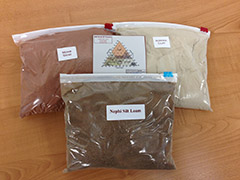
This is a great kit for teaching students about soil textures. The kit includes two cups of sand, two cups of silt, and two cups clay. All of the soil samples are from the state of Utah and are representative of the Intermountain Region, although the mineral content may be different, the particle sizes are true to soil texture type and can be used by other states for demonstration purposes. Order this kit online from agclassroomstore.com.
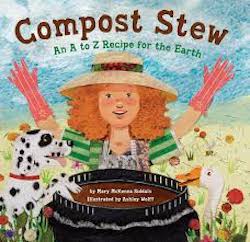
From apple cores to zinnia heads, readers will discover the best ingredients for a successful compost pile. How do you start a compost pile? What's safe to include? This book provides the answers.
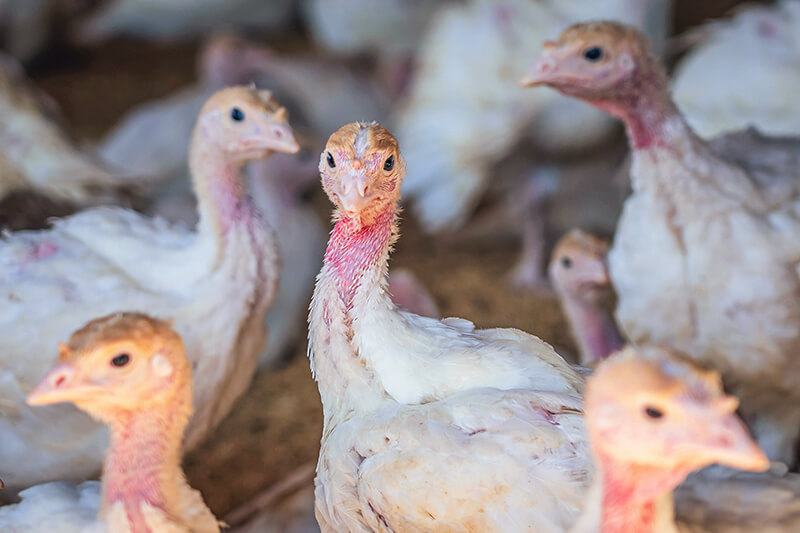
Students investigate the domestication and life cycle of the turkey, discover how turkeys are raised on farms, and identify turkey products.
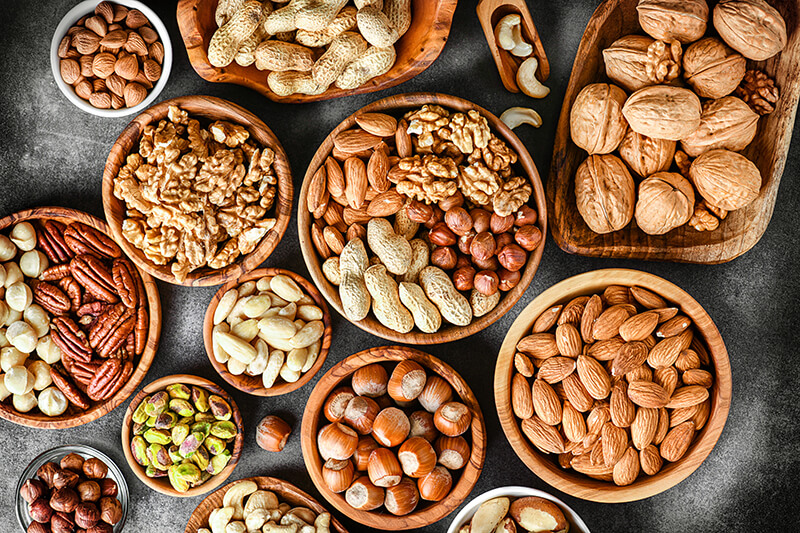
Students investigate a variety of nuts, discover how and where they are grown, and explore their nutritional benefits.
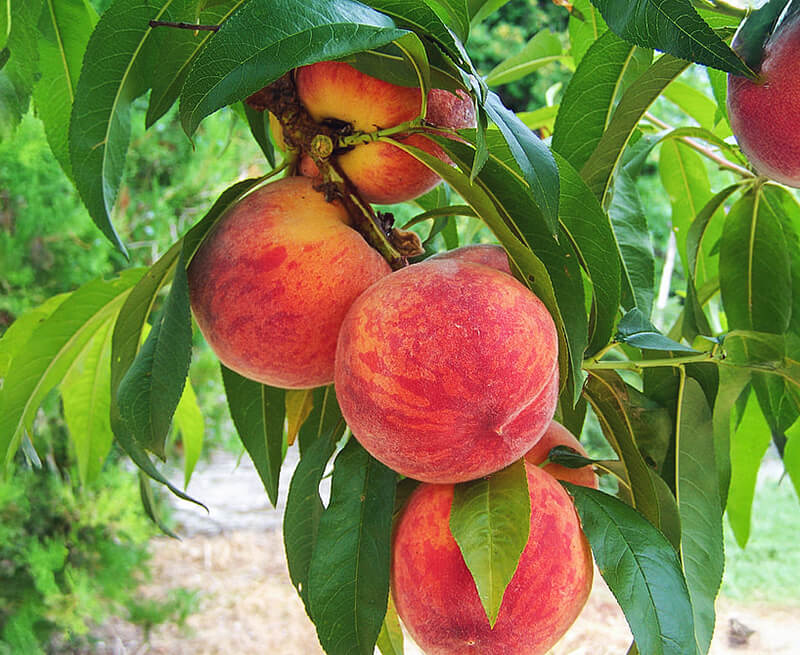
Students explore peach production in various regions of the United States, describe how peaches are produced and processed from farm to table, and explain how internal and external structures of peaches support survival and growth.
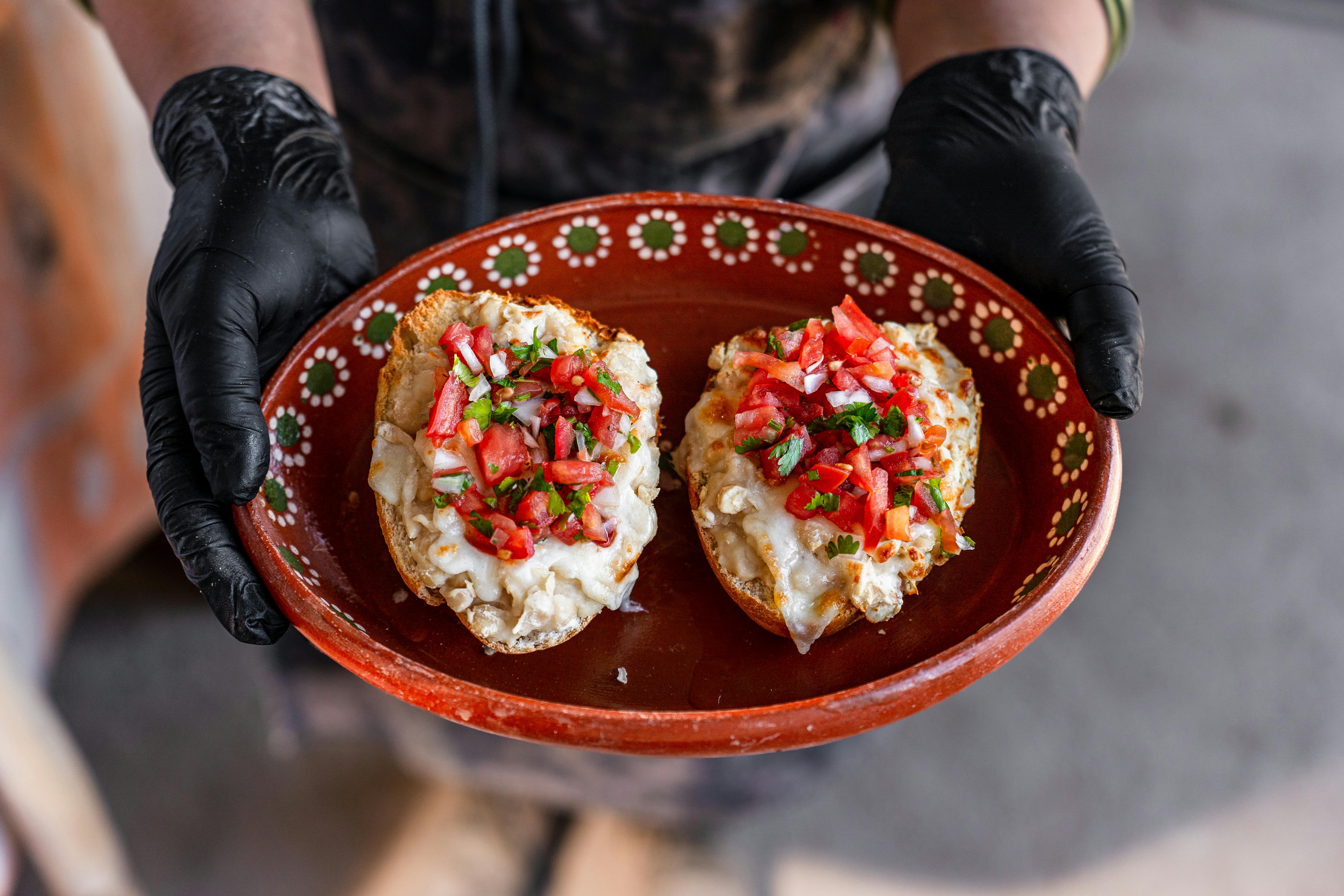
Through project-based learning, students will develop and manufacture a unique and nutritious food product that includes ingredients that have been sourced locally and can be served in retail outlets or the school cafeteria.
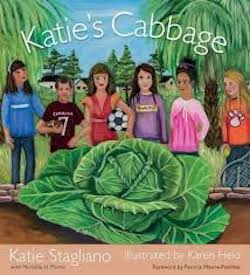
Katie's Cabbage is the inspirational true story of how Katie Stagliano, a third grader from Summerville, South Carolina, grew a forty-pound cabbage in her backyard and donated it to help feed 275 people at a local soup kitchen. In her own words, Katie shares the story of the little cabbage seedling and the big ideas of generosity and service that motivated her to turn this experience into Katie's Krops, a national youth movement aimed at ending hunger one vegetable garden at a time. Katie's Cabbage reminds us of how small things can grow and thrive when nurtured with tender loving and care and how one person, with the support of family, friends and community, can help make a powerful difference in the lives of so many.
Let us know if you have an idea you'd like to share for a new lesson plan or companion resource.
Download a CSV spreadsheet containing the vocabulary words used in the Curriculum Matrix.